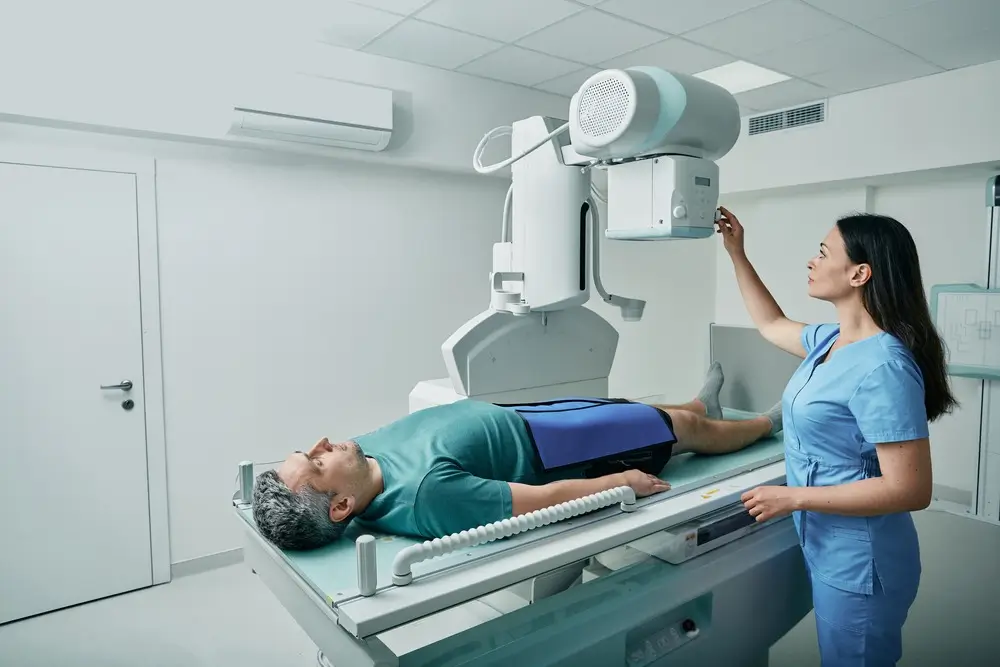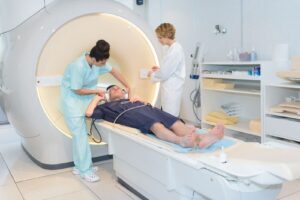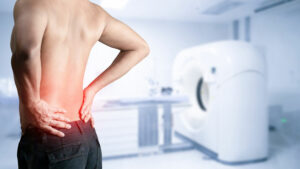DEXA scans, short for dual-energy X-ray absorptiometry, are widely used for assessing bone density and body composition.
However, questions often arise regarding their accuracy and reliability.
Find out how DEXA scans measure bone density, muscle mass, and fat percentage and why it is important.
Importance of Accuracy in Medical Scans
Accuracy in medical scans is vital for precise diagnosis and treatment planning. The reliability of these scans is crucial for providing patients with the best possible care and outcomes.
If you are wondering is DEXA scan accurate, here are the reasons why it is a trusted test:
- Accurate medical scans enable healthcare professionals to detect and monitor conditions with precision.
- They serve as a foundation for making informed decisions regarding treatment strategies and interventions.
- Reliable scans minimize the risk of misdiagnosis or overlooking critical health issues.
- Precision in medical imaging contributes to improved patient safety and overall healthcare quality.
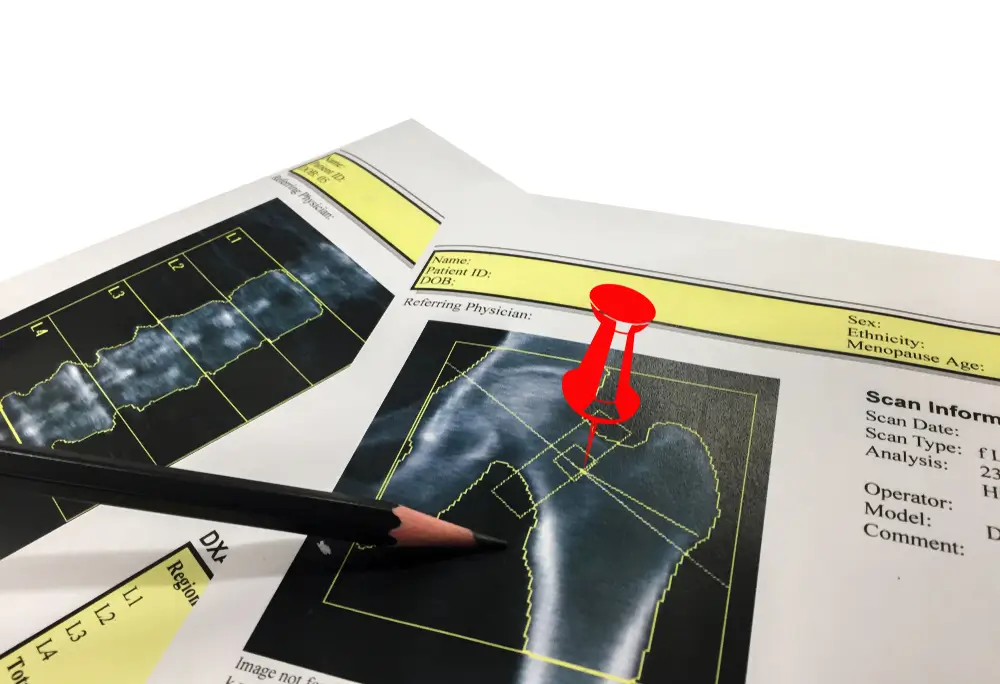
What are DEXA Scans?
Here are the fundamentals of DEXA scans, including their definition, purpose, and the different types available.
Definition and purpose
DEXA scans utilize X-ray technology to measure bone density and assess body composition. They are commonly employed to diagnose osteoporosis, evaluate fracture risk, and monitor response to treatment. Additionally, DEXA scans provide valuable information about body fat percentage, muscle mass, and overall health status.
How DEXA scans work
During a DEXA scan, the patient lies on a table while a specialized machine emits low-dose X-rays at two different energy levels. These X-rays pass through the body, and the amount of radiation absorbed by tissues is measured. Based on the differences in X-ray absorption, DEXA software calculates bone density and body composition metrics with high precision.
Types of DEXA scans (bone density, body composition)
DEXA scans are primarily categorized into two types: bone density scans and body composition scans. Bone density scans focus on assessing the strength and density of bones, providing valuable information for diagnosing osteoporosis and assessing fracture risk. Body composition scans, on the other hand, evaluate the distribution of fat, muscle, and lean tissue throughout the body, offering insights into overall health and fitness levels.
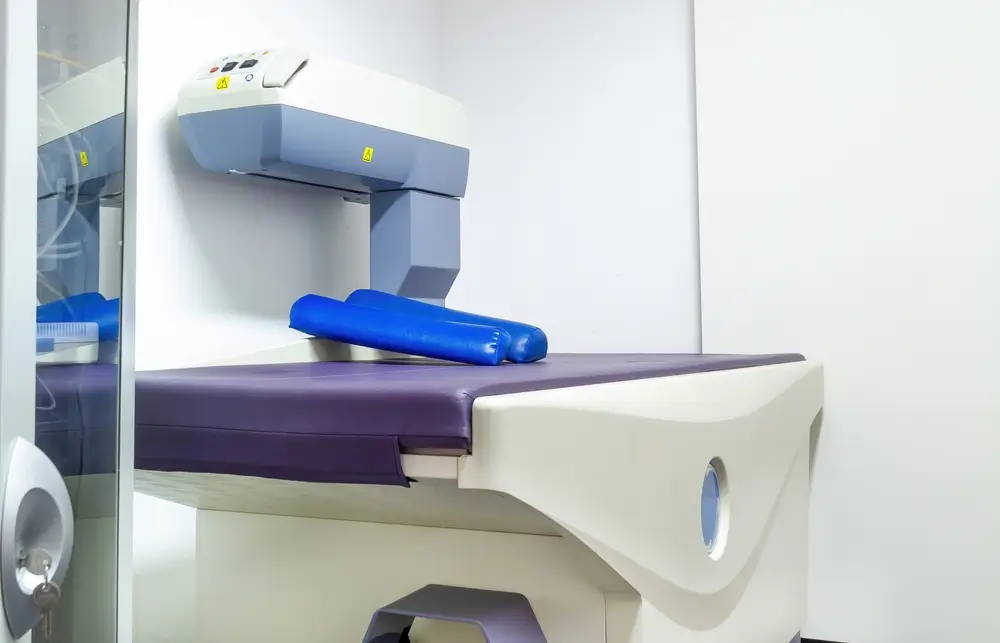
Factors Affecting DEXA Scan Accuracy
The accuracy of the test depends on several factors, which includes the following:
- Equipment Calibration: Proper calibration of DEXA machines is crucial for accurate results.
- Patient Positioning: Incorrect positioning of the patient during the scan can lead to inaccuracies.
- Body Composition: Variations in body composition, such as hydration levels and tissue distribution, may affect scan results.
- Movement Artifacts: Motion artifacts caused by patient movement during the scan can distort images and compromise accuracy.
- Software Algorithms: The accuracy of DEXA scan analysis depends on the algorithms used by the software to interpret data.
- Technologist Skill: The expertise and experience of the technologist performing the scan play a significant role in ensuring accuracy.
- Medical Conditions: Certain medical conditions, such as arthritis or scoliosis, can impact scan results by affecting bone density measurements.
- Radiation Exposure: Factors such as radiation exposure from previous scans or procedures may influence DEXA scan accuracy.
- Patient Characteristics: Individual factors like age, gender, and ethnicity may also affect DEXA scan results and interpretation.
DEXA vs. Other Body Composition Methods
DEXA scans are considered one of the most accurate methods for assessing body composition, offering precise measurements of bone density, fat mass, and lean tissue.
Now, the question is: how accurate are DEXA scans compared to other methods? Compared to bioelectrical impedance analysis (BIA) and skinfold calipers, DEXA provides more comprehensive and reliable results. While BIA is non-invasive and convenient, it may be less accurate, particularly in individuals with fluctuating hydration levels.
Skinfold calipers, although cost-effective, may suffer from variability due to technician skill and tissue compression. In contrast, DEXA’s ability to differentiate between bone, fat, and muscle makes it a preferred choice for research, clinical diagnosis, and monitoring changes in body composition over time.
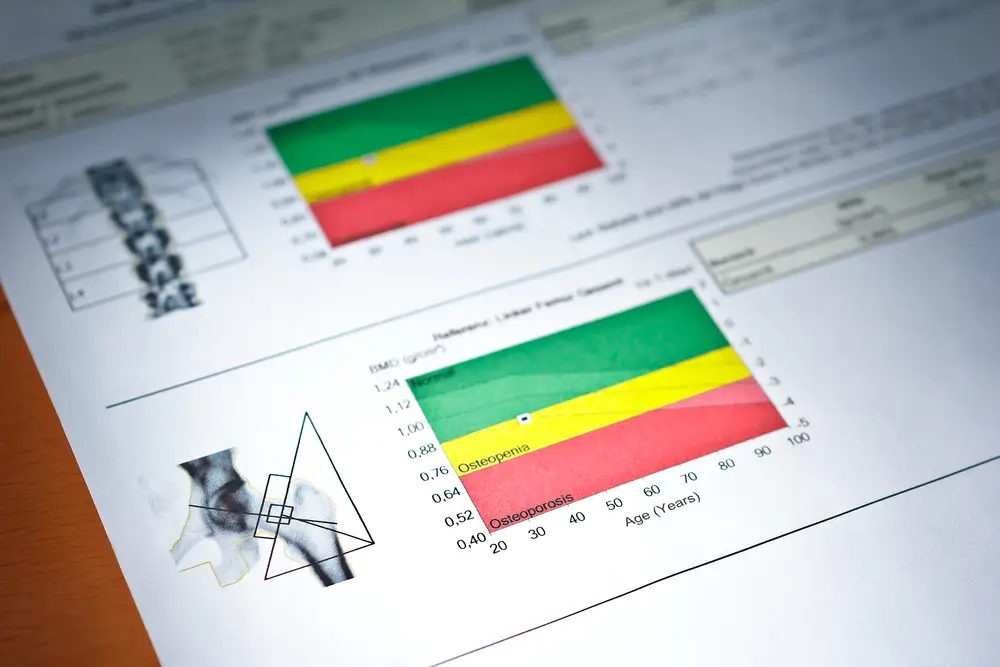
Understanding DEXA Scan Results
DEXA scan results provide valuable insights into bone density and body composition. Here’s how to interpret them:
- Bone Density: Results are typically reported as a T-score, comparing bone density to that of a healthy young adult. A T-score above -1 indicates normal bone density, while scores between -1 and -2.5 suggest osteopenia (low bone mass), and scores below -2.5 indicate osteoporosis.
- Body Composition: DEXA measures fat mass, lean tissue, and bone mass. Results include percentages of body fat and lean mass, as well as total bone mineral content and bone mineral density.
Understanding DEXA scan results can help assess bone health, guide treatment decisions for osteoporosis, and monitor changes in body composition over time.
If you to further inquire and ask are DEXA scans accurate, consult with a healthcare professional to interpret your results accurately and develop a plan for optimal bone and overall health.
Accessing Accurate DEXA Scans at One Step Diagnostic
With insights into bone density and body fat percentage, individuals can make informed decisions to improve overall health and prevent conditions like osteoporosis.
By partnering with trusted healthcare providers and facilities like One Step Diagnostic, accessing accurate DEXA scans becomes seamless, ensuring reliable results and personalized care.
At One Step Diagnostic, we prioritize precision and excellence in healthcare. Our state-of-the-art facilities offer accurate DEXA scans, providing valuable insights into bone health and body composition. With our experienced technicians and advanced technology, you can trust us to deliver reliable results tailored to your needs.
Schedule your DEXA scan with One Step Diagnostic today in any of our locations at Houston, Sugar Land, Dickinson, Humble, and The Woodlands, TX, and take the first step towards better bone health and overall wellness.

